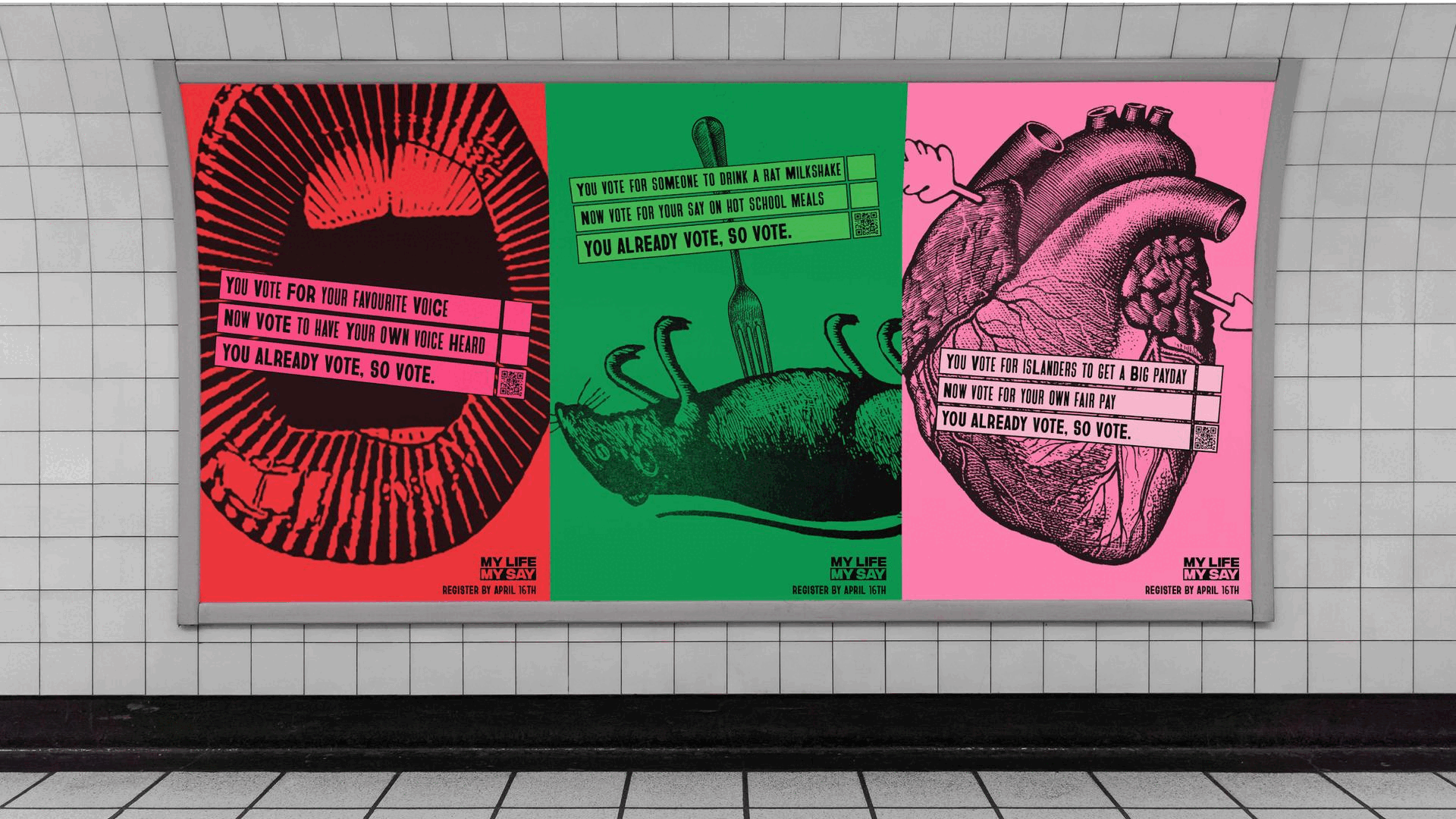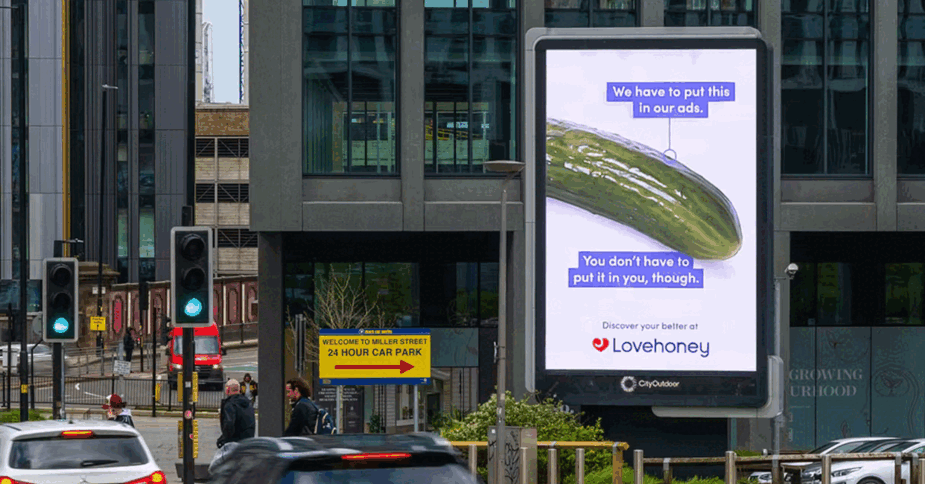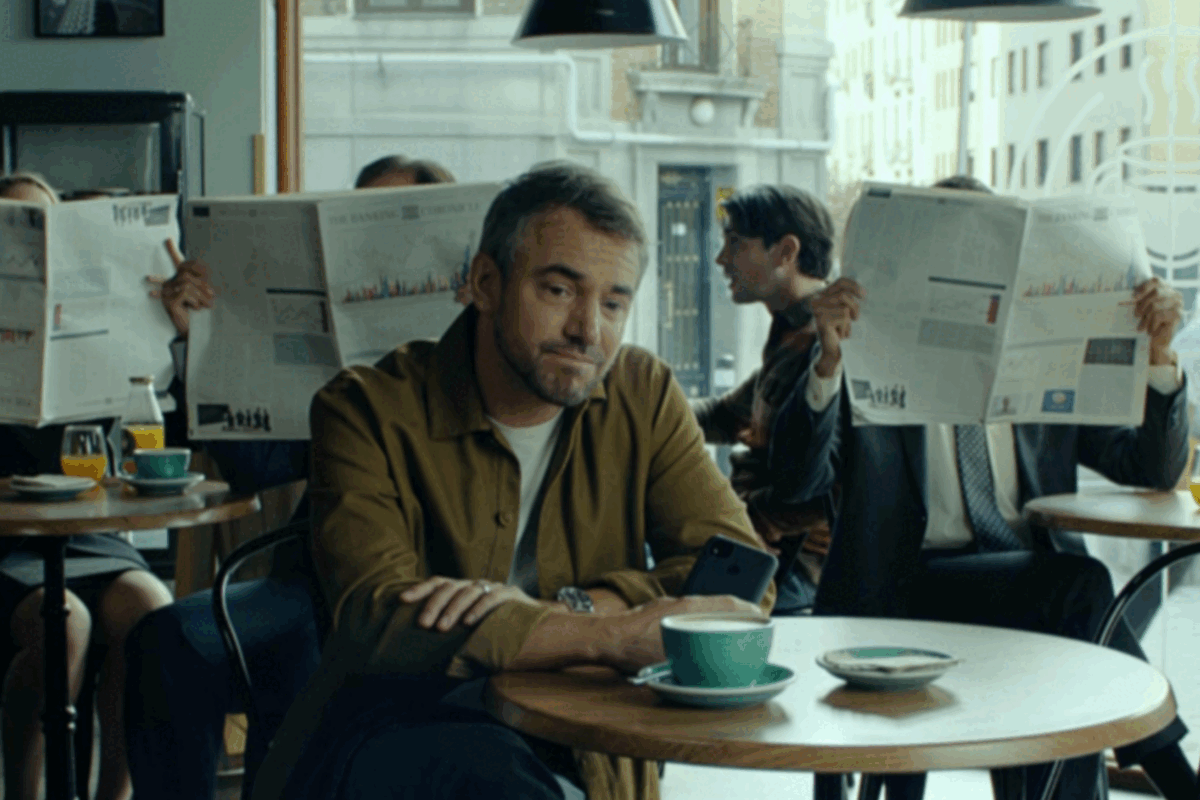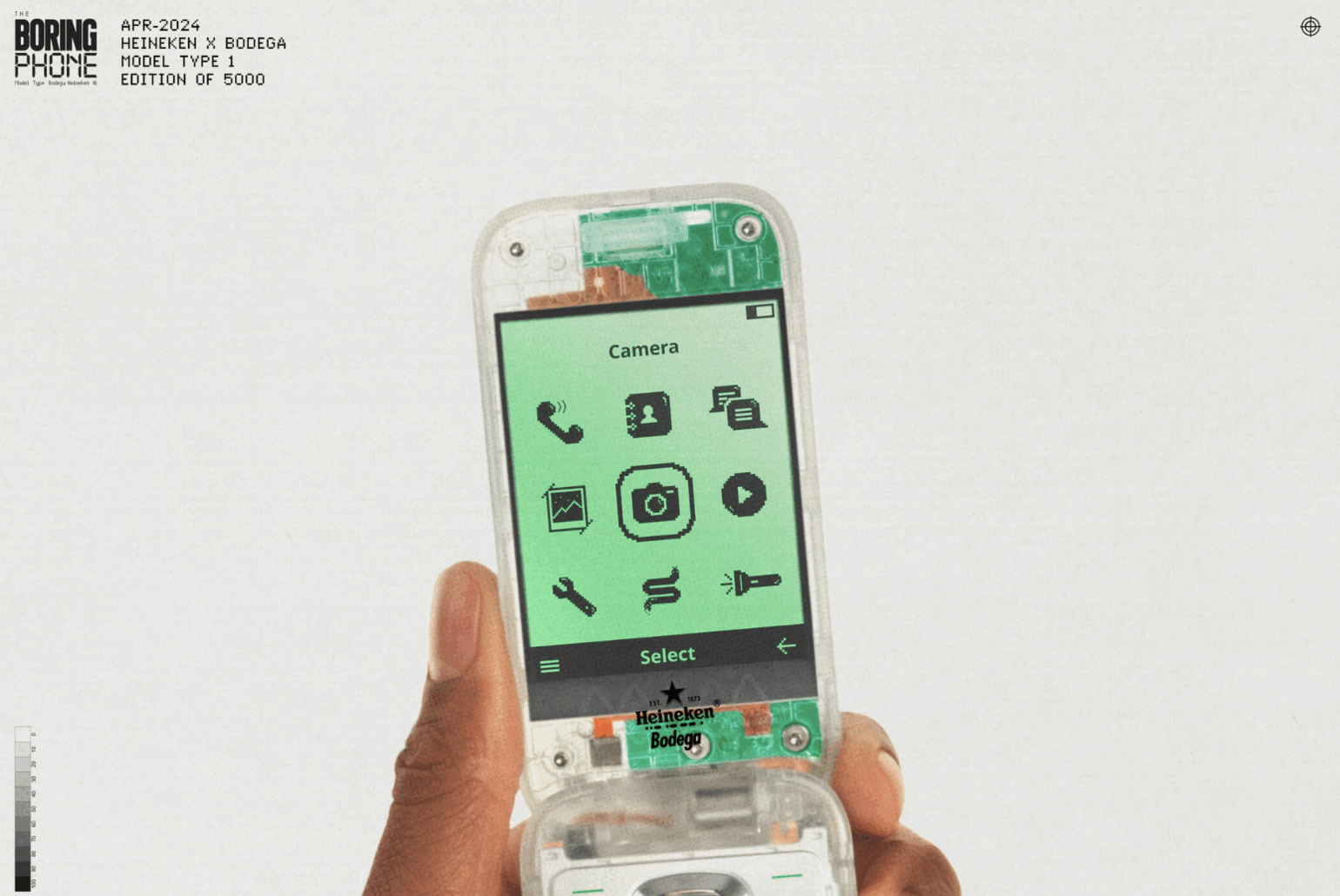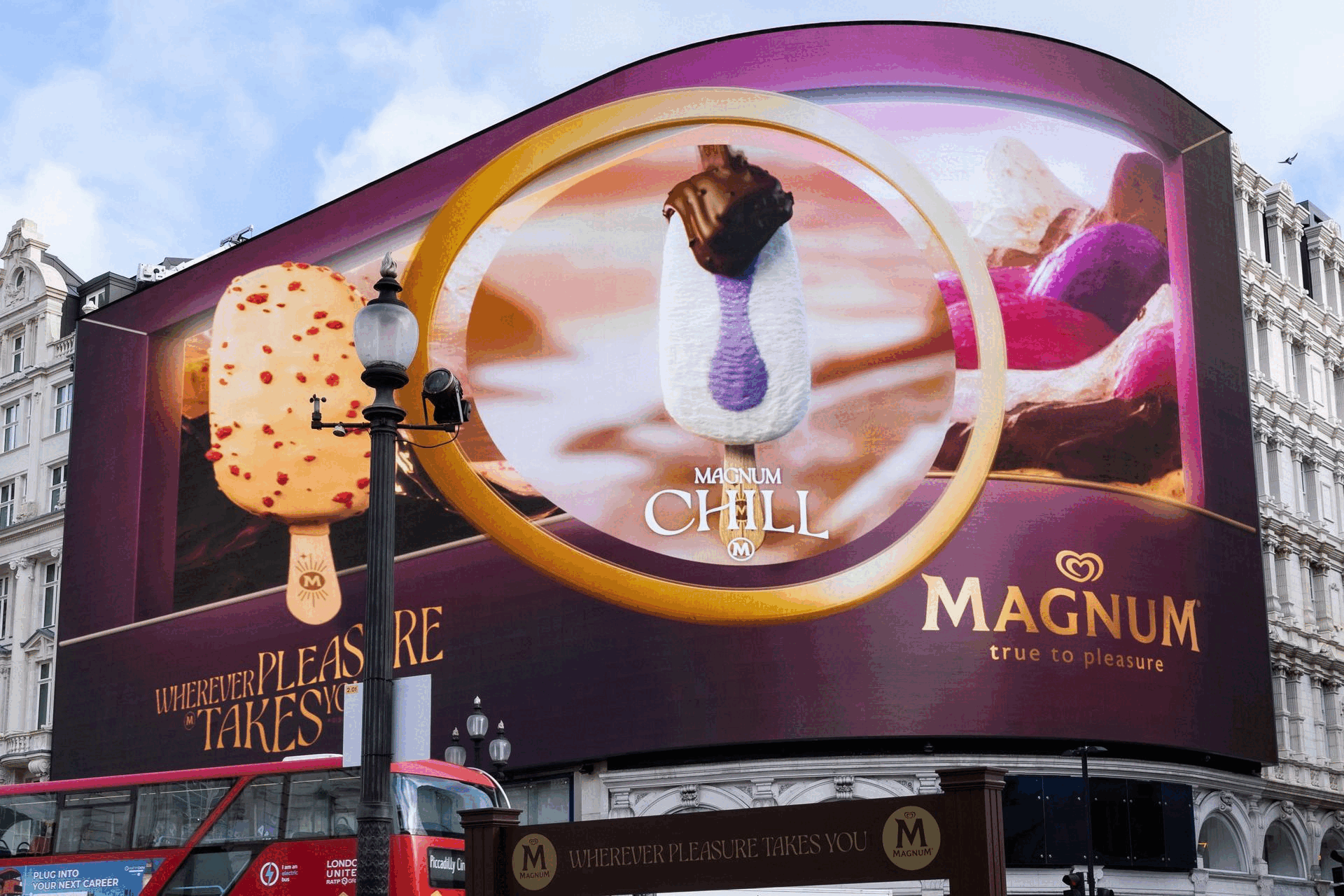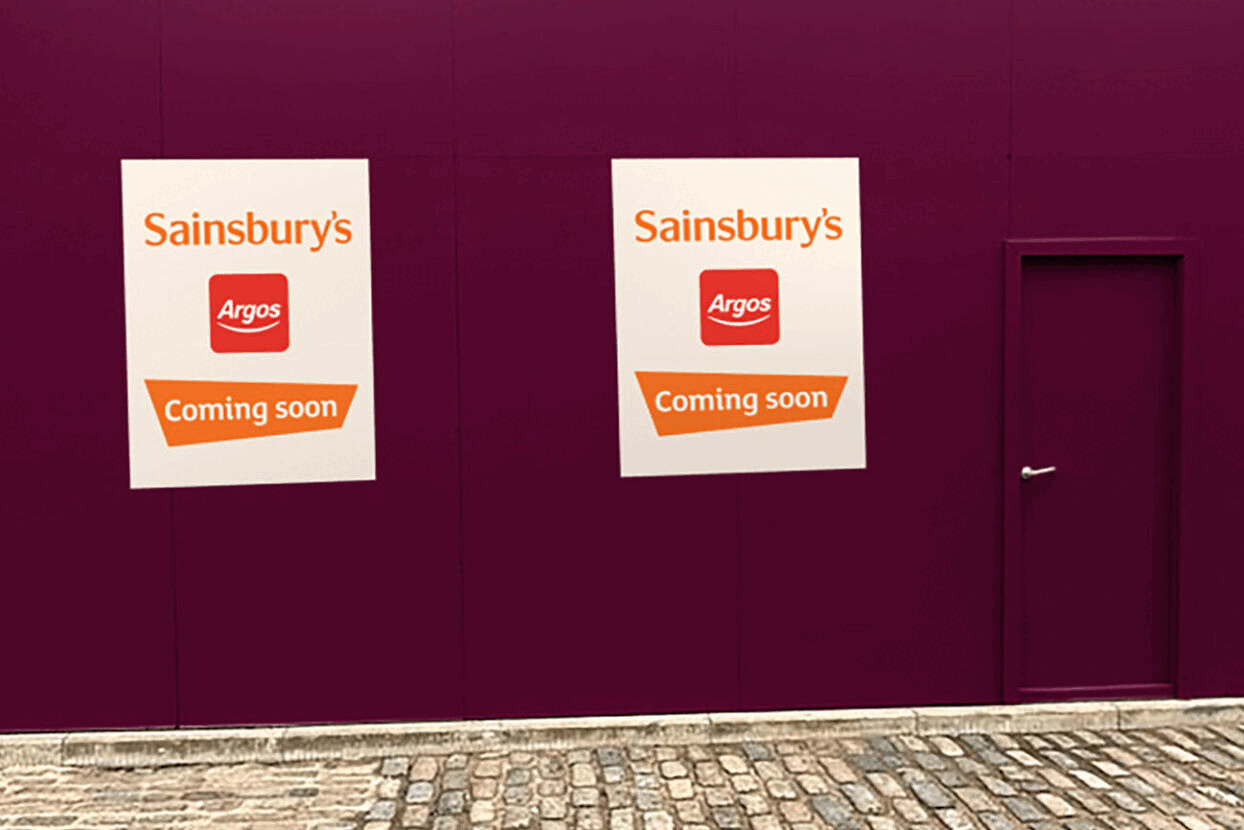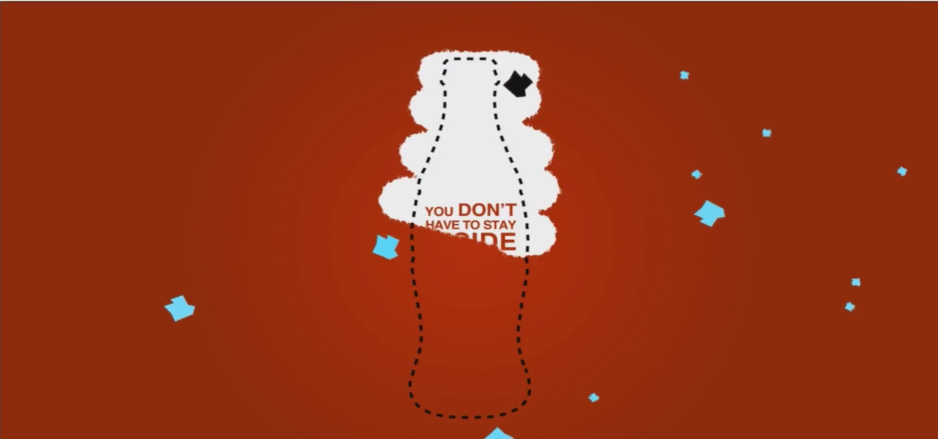
Mobile advertising has had a lot of bad press lately, with threats on a number of fronts, including ad blocking, viewability, fraud and brand safety.
And, the consensus seems to be, the ad tech industry only has itself to blame – publishers have allowed their sites to become cluttered with too many, too-heavy ads, slowing page load times and frustrating consumers in the process.
One of the major issues with advertising on mobile is that, on such a personal device, it’s too interruptive. You fire up an app and before you can do anything with it, an interstitial ad takes over your screen. You can’t do anything until you have dismissed it. Or you’re playing a game and reach the end of a level or lose a life. Cue another ad, which again, you have to dismiss, or in 0.1 per cent of the cases (if you’re lucky) click on, before you can continue with the game.
SameSpace’s solution to the problem is – the clue is in the name – to let the ad occupy the same space as the content. It’s one of those ideas that seems so unfathomable you have to see it in action, as I did yesterday when I agreed to an online demo of the platform/ad unit from co-founders Leu Beach, his brother Rich and their cousin Chris Platt.
They freely admit to being “three guys in a shed” but their idea is patent-pending and now that the patent application is in, after working on the idea for the past 18 months, they are keen to start making some noise about it, and hopefully find an ad tech or ad network partner who can help them take it forward.
In the demo they put on for me, Chris was playing a game of Asteroids. He lost a life, so an ad for Coke appeared. And then the game resumed. They then showed me how the scenario would play out with the SameSpace ad unit. When Chris lost a life, the ad appeared as before, but rather than taking over the screen and obscuring the game, it was overlaid on top of it so that Chris could carry on playing, while being exposed to the ad.
It’s one of those ideas that’s so simple, you wonder why no-one has done it before. True, it wouldn’t work with every sort of app. Indeed, simple games look like the sweet spot. And would the game player be able to focus on the game and still engage with the ad or at least remember it? It’s a moot point. One direction the ad unit could go in, Rich told me, was that artefacts in the game could be changed to represent the advertising brand, so the gun in Asteroids, for example, could become a Coke bottle.
Whether anyone picks this up and runs with it is anyone’s guess. But we’re all for innovation in mobile advertising, and in these days of banner blindness and unwanted interstitials, we rather like it.






